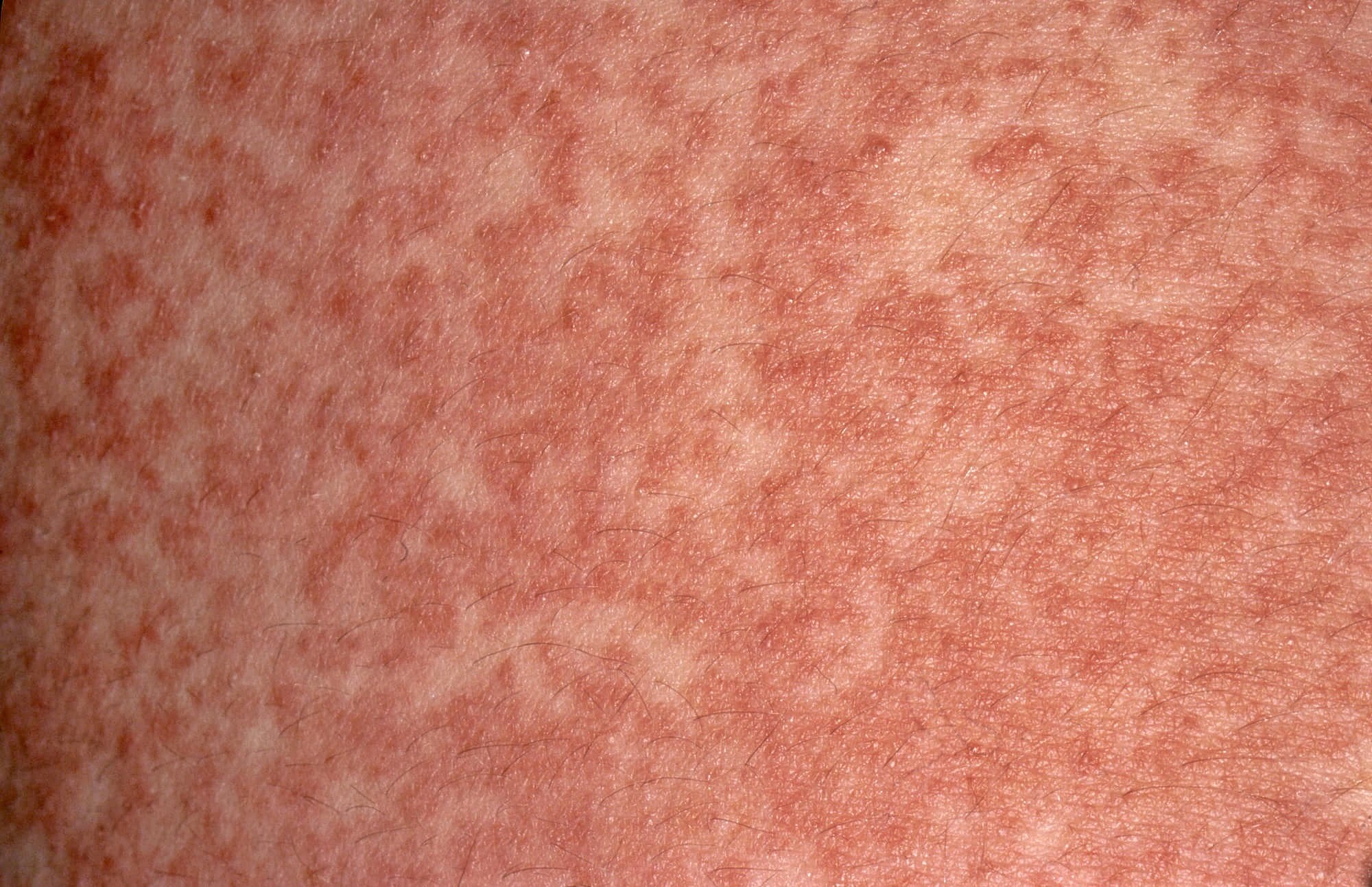What exactly is a penicillin allergy, what symptoms can occur and what treatment can help? We answer the most important questions!
What is a Penicillin Allergy?
In a penicillin allergy the body reacts to penicillin with various symptoms such as rashes and itching. This antibiotic contains various active ingredients, such as amoxicillin. Penicillin is widely prescribed because of its powerful action against various bacteria and because it is particularly well researched. Antihistamines, for example, can be prescribed to treat the symptoms.
More than ten percent of all Americans suffer from an allergy to penicillin. Whether an allergy is present can be determined by means of a skin test (prick test and provocation test). In this case, the doctor decides whether a different antibiotic can be prescribed due to the existing disease or whether the symptoms of the allergy must be accepted because the administration of penicillin is unavoidable. Penicillins belong to the group of so-called beta-lactam antibiotics. The so-called cephalosporins also belong to this group of broad-spectrum antibiotics.
Risk factors: Why does a penicillin allergy develop?
The mechanism is the same for a penicillin allergy as for other allergies (e.g. hay fever): the immune system classifies the penicillin as a danger and triggers a defensive reaction. In addition to relatively harmless symptoms, the penicillin allergy can also lead to severe allergic reactions such as anaphylactic shock. In this case the emergency doctor should be called immediately!
What are the symptoms?
In the case of a penicillin allergy, the symptoms can be immediate (this is usually the case with natural penicillin G and V), but also with a delay of about five to 14 days (usually if the drug contains amoxicillin). The following allergy symptoms may occur in patients:
- Skin rashes (e.g. hives or pustules, hives)
- Itching
- Fever
- Eczema
- Nausea
- Vomiting
- Swollen lymph nodes
- Shortness of breath
- Anaphylactic shock (also “anaphylaxis”, in severe cases)
Treatment: What helps with a penicillin allergy?
To relieve the symptoms of penicillin allergy, ointments with cortisone or antihistamines are mainly prescribed. If therapy with penicillin is not unavoidable, diseases with an allergy should be treated with other antibiotics. In the long term, hyposensitization also helps.

